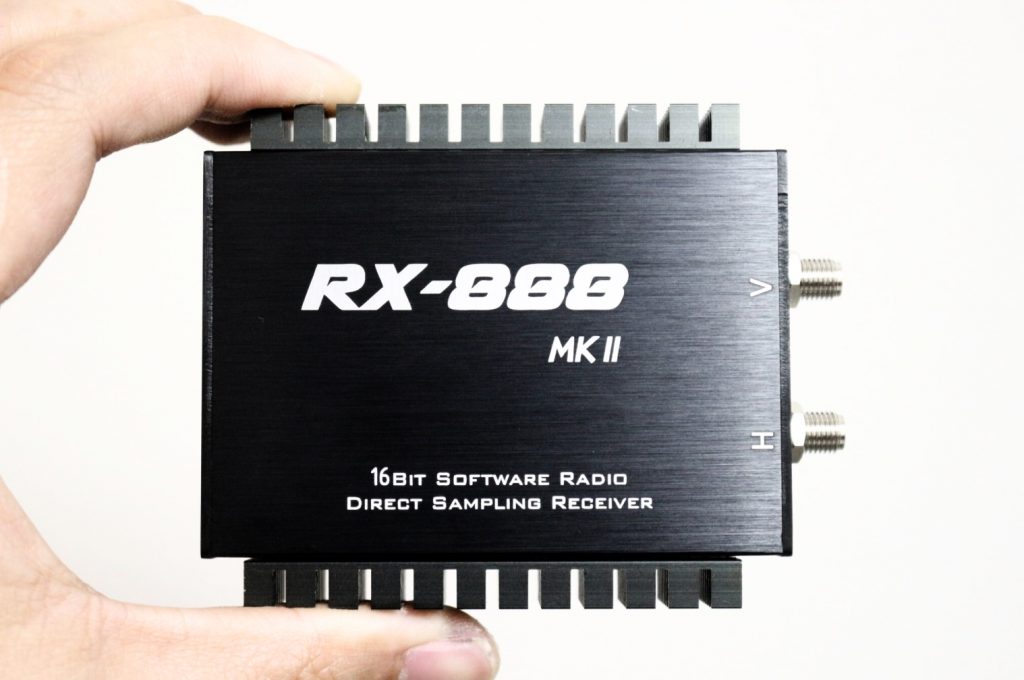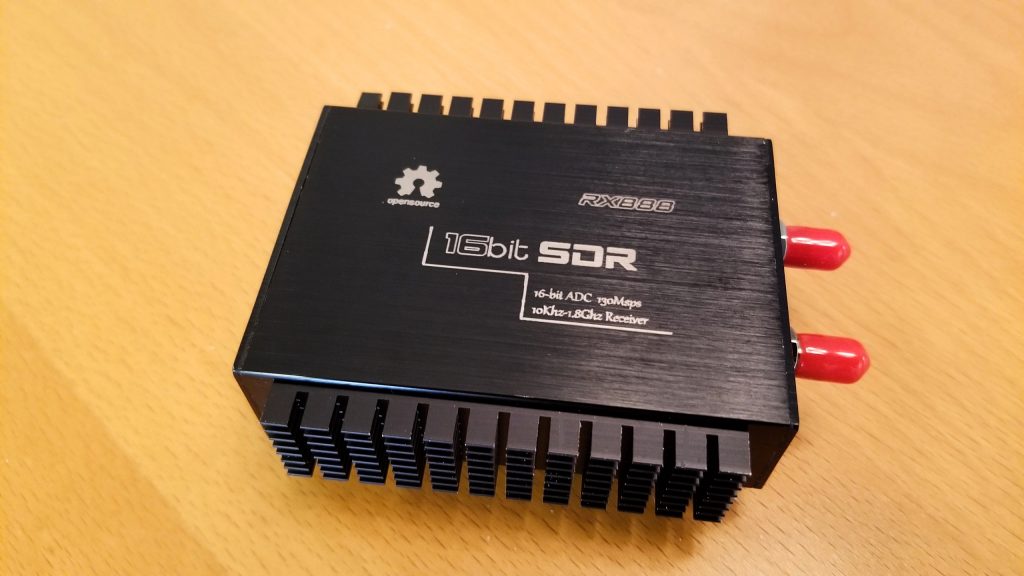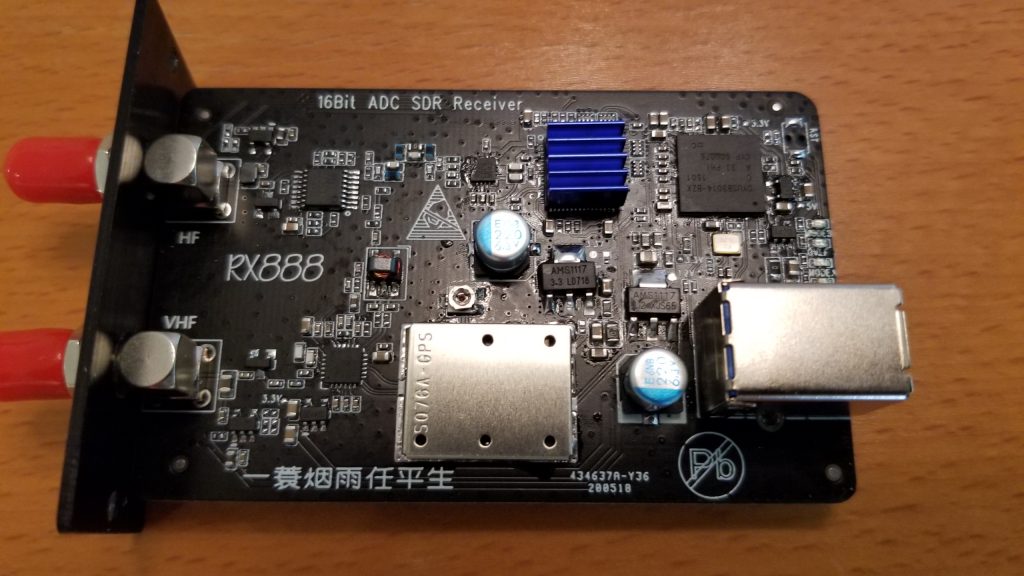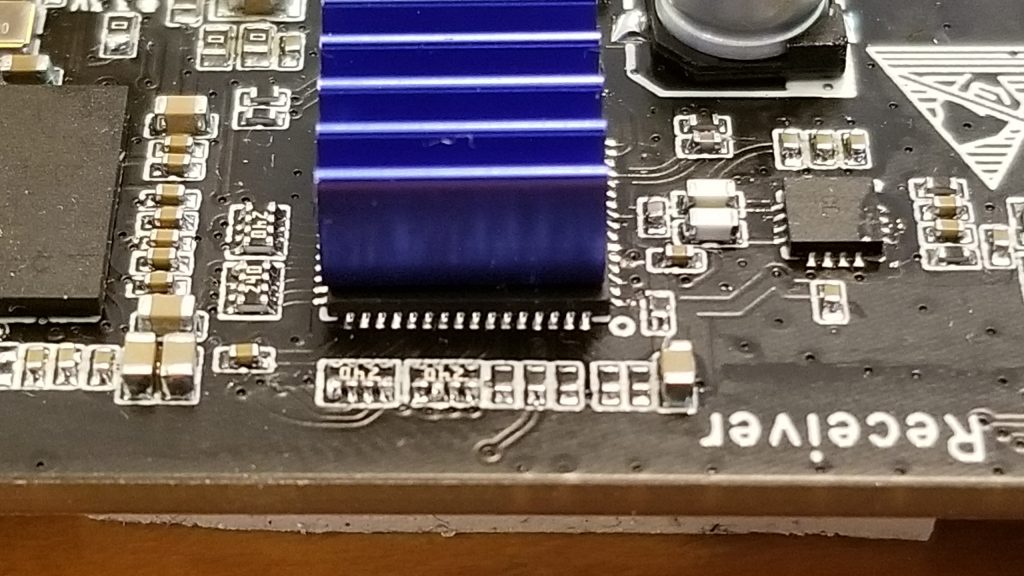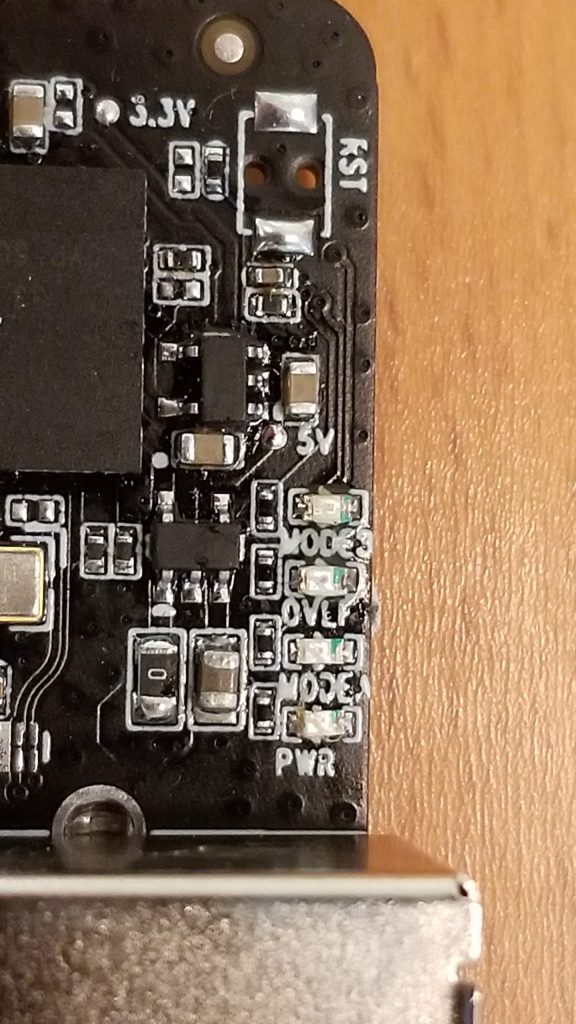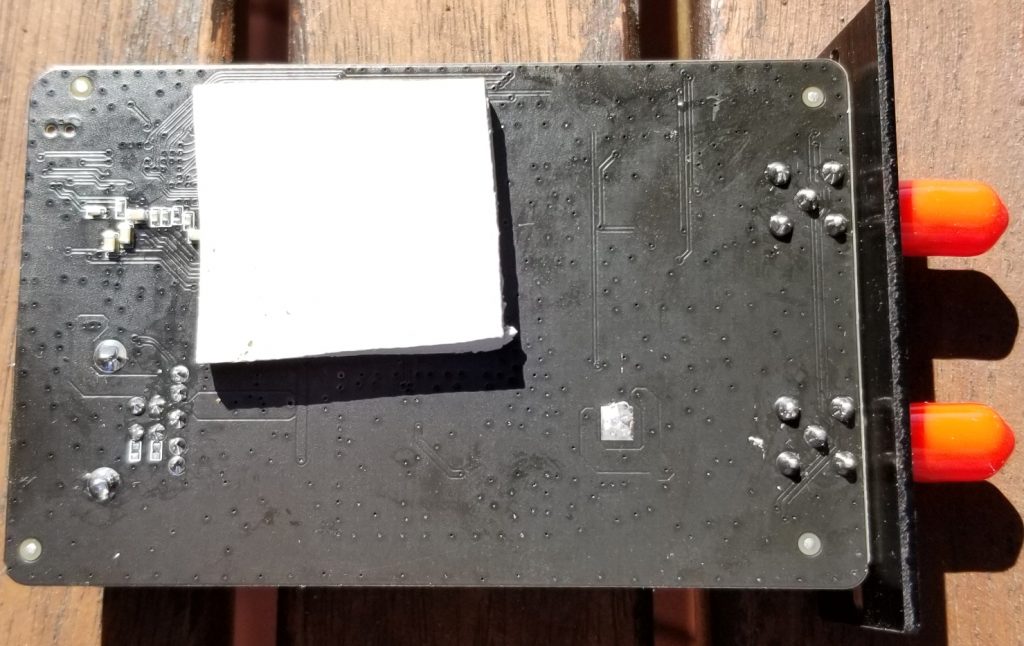Jinze (Justin) Peng, developer of the high performing, high value RX-888 SDR, has just announced an improved “MK II” version.
I’ve been very pleased with my original RX-888 in all performance aspects, and it’s wideband demodulation and IQ WAV recording have opened up new DXing possibilities (small capacity hard drives need not apply :^)
The new receiver is now appearing on eBay and AliExpress.
Details:
We are pleased to announce the second-gen of RX888. RX888 mkII is the new generation of RX888 with the following improvements and enhancements:
1. Add a tunable (variable) attenuator in the HF path, which can tune from 0 to -31.5dB.
2. Change the fixed LNA of RX888 to a VGA, which gives the -10dB to +33dB range. VGA applies to both HF and VHF.
3. Use the newer generation of tuner chip R828D instead of R820T2.
4. Use an enhanced version of 64M LPF to improve image rejection further.
5. A jumper can select the internal reference clock or an external 27Mhz reference clock.
The primary motivation is giving users smaller granularity control on the RF front-end and a big dynamic range to fit the demands of both strong and weak signals receiving. The tunable range is -41.5dB to +33dB for HF and 0db to 55dB for VHF, which covers most use cases.
During the mkII development, we are working very closely with the original author of BBRF103, IK1XPV, on his new universal driver. The new driver supports RX888 and RX888 mkII now. The new driver can download here: https://github.com/ik1xpv/ExtIO_sddc. And we expect the power of open source will significantly improve the software support and the lifetime of RX888.
Guy Atkins is a Sr. Graphic Designer for T-Mobile and lives near Seattle, Washington. He’s a regular contributor to the SWLing Post.

